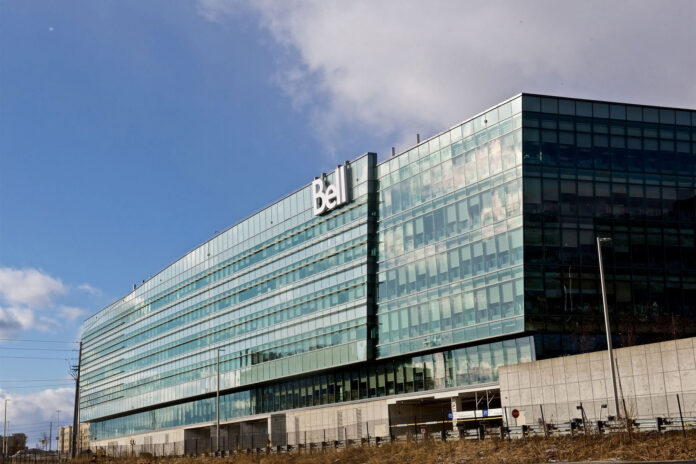Ericsson contributed its edge AI technology and R&D resources, while Bell Canada provided access to its network infrastructure
In sum – what you need to know:
AI-native link adaptation – Ericsson and Bell Canada completed the world’s first field test of AI-native link adaptation, improving network responsiveness in real time to signal and interference conditions.
Performance boost – The tests showed up to 20% higher downlink throughput and 10% better spectral efficiency, enhancing both user experience and network capacity.
Towards 5G-Advanced – The innovation, developed at Ericsson’s Ottawa R&D center, supports Bell’s evolution to programmable, AI-optimized 5G networks and future 6G readiness.
Bell Canada and Ericsson have conducted a successful field test of AI-native link adaptation in the latter’s Ottawa R&D site.
The pair noted that this test was the first of its kind at a global level. This technology utilizes real-time artificial intelligence (AI) to dynamically adapt networks in response to changes in signal quality, interference and other factors, resulting in an enhanced user experience through increased throughput and spectral efficiency. The Nordic vendor also highlighted that this collaboration marks a significant advancement in applying AI to improve the performance of radio access networks (RAN).
AI-native link adaptation optimizes spectral efficiency across mobile networks, significantly improving network performance, Ericsson said. The in-field tests with Bell demonstrated:
-Improved network user experience: Up to 20% higher downlink throughput, facilitating benefits such as faster download speeds.
-More efficient use of network capacity: Increased spectral efficiency by up to 10%, improving capacity and reliability of connections.
Per Narvinger, EVP and head of business area networks at Ericsson, said: “Using AI is a key part of our goal to enable high-performing programmable networks. By working with Bell to test this new AI-native link adaptation solution in real-world settings, we’re closer to delivering transformative 5G-Advanced and future 6G experiences.”
“AI-native link adaptation has the potential to revolutionize how we manage network resources, delivering faster speeds and more reliable connections for Canadians,” said Mark McDonald, SVP of networks at Bell.
For this specific collaboration, Ericsson contributed its edge AI technology and R&D resources, while Bell provided access to its network infrastructure and operational expertise for real-world testing and validation.
Developed at Ericsson’s Ottawa R&D site, The vendor noted that the new link adaptation technology is AI-native — meaning it integrates AI throughout its sub-components, not as an add-on. It executes on the baseband unit in real-time and enhances performance and robustness in challenging scenarios otherwise hard to optimize for, such as interference and medium and poor channel quality.
In January, Bell Canada and Nokia had expanded their collaboration to include Cloud RAN deployment and the groundwork for Open RAN integration.
As part of the agreement, Nokia will provide Cloud RAN software and Open Fronthaul-compatible radios, allowing Bell to transition its network architecture over time. The deployment will integrate Nokia’s AirScale portfolio, Red Hat OpenShift and Dell Technologies infrastructure.
Under the deal, Bell will roll out Nokia’s Cloud RAN solution, which is designed to be compatible with both existing and future Open RAN systems. Dell PowerEdge servers will be installed at cell sites and data centers to support network processing needs.
Bell offers 5G services via spectrum in the 3.5 GHz and 3.8 Ghz spectrum bands. Bell began deploying 3.5 GHz wireless spectrum in the summer of 2022, introducing its “5G+” service to areas across Ontario, Atlantic Canada and Western Canada. Bell now offers 5G+ coverage to nearly 51% of the Canadian population.
Bell first announced the launch of its commercial 5G service in the country in June 2020. The carrier’s 5G service was initially available in Montréal, the Greater Toronto Area, Calgary, Edmonton and Vancouver.
In 2020, Bell Canada selected Ericsson 5G RAN technology to support its nationwide 5G mobile and fixed wireless access deployment. The carrier started building its 5G network in 2021, using equipment from Finnish vendor Nokia.

